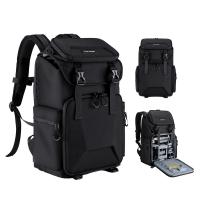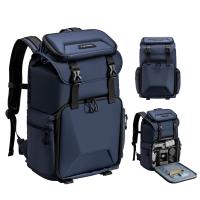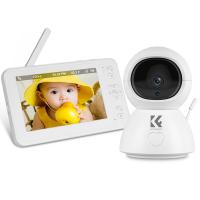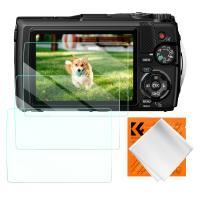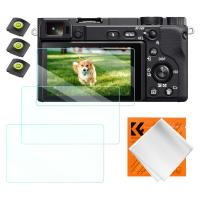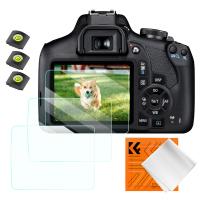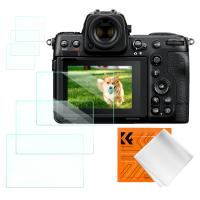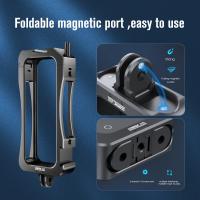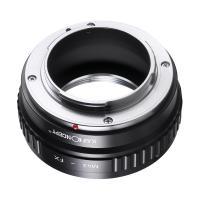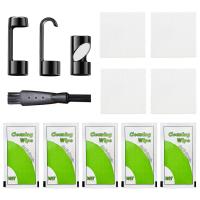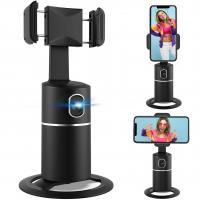What Can I Use For Projector Screen?
When it comes to setting up a home theater or a presentation space, one of the most critical components is the projector screen. While commercial projector screens are readily available, they can be quite expensive. Fortunately, there are several alternative materials and methods you can use to create an effective projector screen without breaking the bank. In this article, we will explore various options, their pros and cons, and practical tips to help you choose the best solution for your needs.
1. White Wall
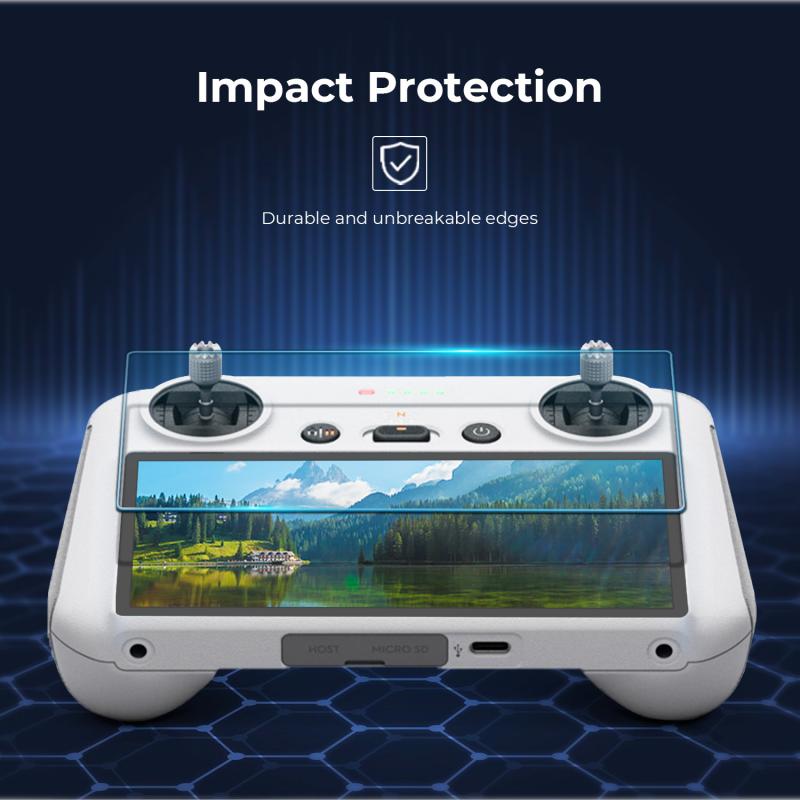
Pros:
- Cost-effective: Using a white wall is the most budget-friendly option as it requires no additional materials.
- Ease of setup: No installation is needed; simply project onto the wall.
Cons:
- Surface imperfections: Walls often have textures, bumps, or imperfections that can affect image quality.
- Color accuracy: A plain white wall may not reflect colors as accurately as a specialized screen.
Tips:
- Ensure the wall is as smooth as possible. Sanding and painting with a high-quality matte white paint can improve the image quality.
- Consider using a projector screen paint, which is designed to enhance the reflective properties of the wall.
2. White Bed Sheet
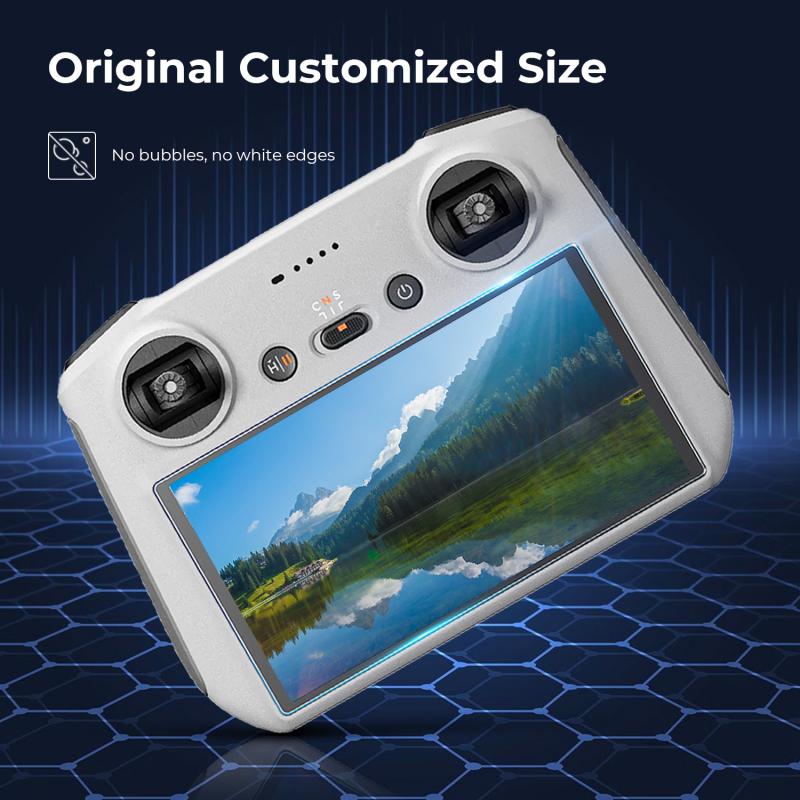
Pros:
- Inexpensive: A white bed sheet is a low-cost alternative.
- Portable: Easy to set up and take down, making it ideal for temporary setups.
Cons:
- Wrinkles and folds: Bed sheets can wrinkle easily, which can distort the projected image.
- Light penetration: Thin sheets may allow light to pass through, reducing image brightness and contrast.
Tips:
- Use a thicker, high-thread-count sheet to minimize light penetration.
- Stretch the sheet tightly and secure it to a frame or wall to avoid wrinkles.
3. Blackout Cloth
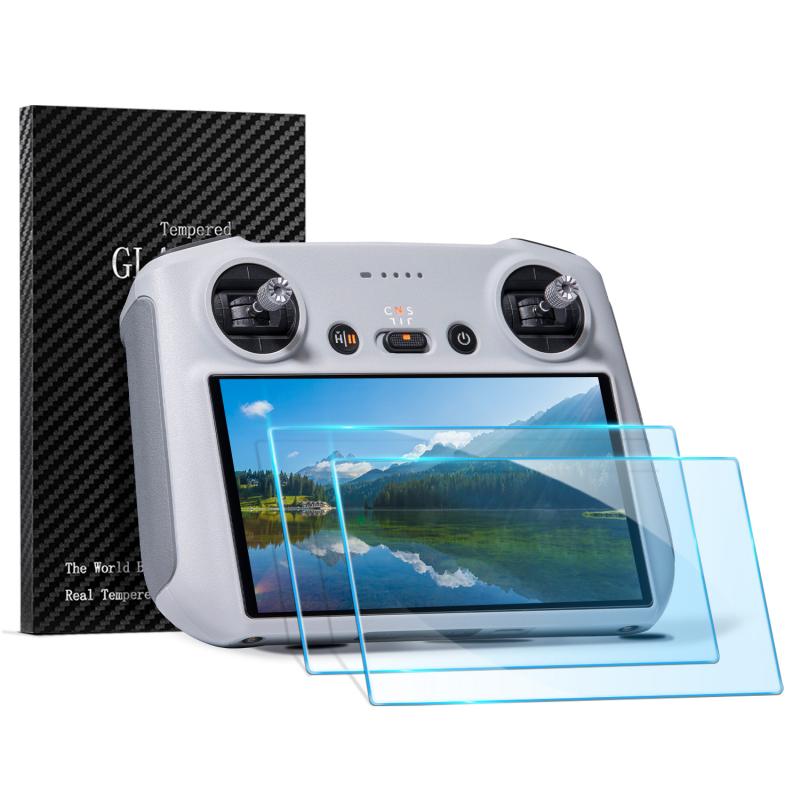
Pros:
- Excellent image quality: Blackout cloth is designed to block light, providing a bright and clear image.
- Durability: It is a sturdy material that can withstand regular use.
Cons:
- Cost: While more affordable than commercial screens, blackout cloth is more expensive than a bed sheet or wall paint.
- Installation: Requires a frame or mounting system for best results.
Tips:
- Purchase blackout cloth from fabric stores or online retailers.
- Build a simple wooden frame to stretch the cloth over for a smooth, professional-looking screen.
4. Projector Screen Paint
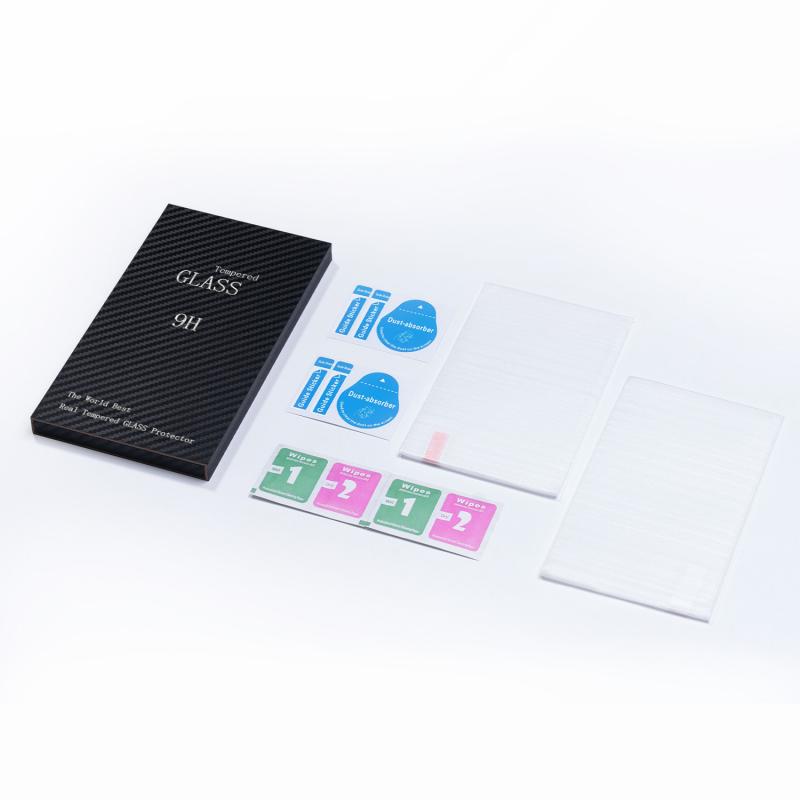
Pros:
- Customizable: Allows you to create a screen of any size and shape.
- High-quality image: Specially formulated to enhance brightness and color accuracy.
Cons:
- Preparation: Requires careful wall preparation and multiple coats of paint.
- Cost: More expensive than regular paint but cheaper than commercial screens.
Tips:
- Follow the manufacturer’s instructions for the best results.
- Use a high-quality roller or sprayer to apply the paint evenly.
5. Whiteboard
Pros:
- Dual-purpose: Can be used as both a projector screen and a writing surface.
- Smooth surface: Provides a clear and sharp image.
Cons:
- Glare: The glossy surface of a whiteboard can cause glare and reflections.
- Size limitations: Whiteboards are typically smaller than dedicated projector screens.
Tips:
- Opt for a matte whiteboard to reduce glare.
- Use in smaller settings where the size limitations are less of an issue.
6. Vinyl
Pros:
- Durable: Vinyl is a tough material that can withstand outdoor use.
- Good image quality: Provides a smooth and reflective surface.
Cons:
- Cost: Can be more expensive than other DIY options.
- Installation: Requires a frame or mounting system.
Tips:
- Purchase vinyl from fabric stores or online.
- Stretch the vinyl tightly over a frame to avoid wrinkles and ensure a smooth surface.
7. Spandex
Pros:
- Stretchable: Can be stretched tightly to create a smooth surface.
- Portable: Lightweight and easy to transport.
Cons:
- Light penetration: Thin spandex may allow light to pass through.
- Durability: Less durable than blackout cloth or vinyl.
Tips:
- Use a double layer of spandex to reduce light penetration.
- Secure the spandex tightly to a frame for the best image quality.
Choosing the right material for your projector screen depends on your specific needs, budget, and the environment in which you will be using it. Here are some final considerations to help you make the best choice:
- Budget: If cost is a primary concern, a white wall or bed sheet may be the best options. For a small investment, projector screen paint or blackout cloth can provide significant improvements in image quality.
- Portability: For temporary setups or outdoor use, consider a bed sheet, spandex, or vinyl, as they are easy to transport and set up.
- Image Quality: For the best image quality, blackout cloth, projector screen paint, or a whiteboard are excellent choices. These materials provide a smooth, reflective surface that enhances brightness and color accuracy.
- Durability: If you need a long-lasting solution, blackout cloth, vinyl, or a whiteboard are durable options that can withstand regular use.
By carefully considering these factors, you can create an effective and affordable projector screen that meets your needs and enhances your viewing experience. Whether you are setting up a home theater, a classroom, or an outdoor movie night, there is a DIY solution that can provide excellent results without the high cost of commercial screens.


